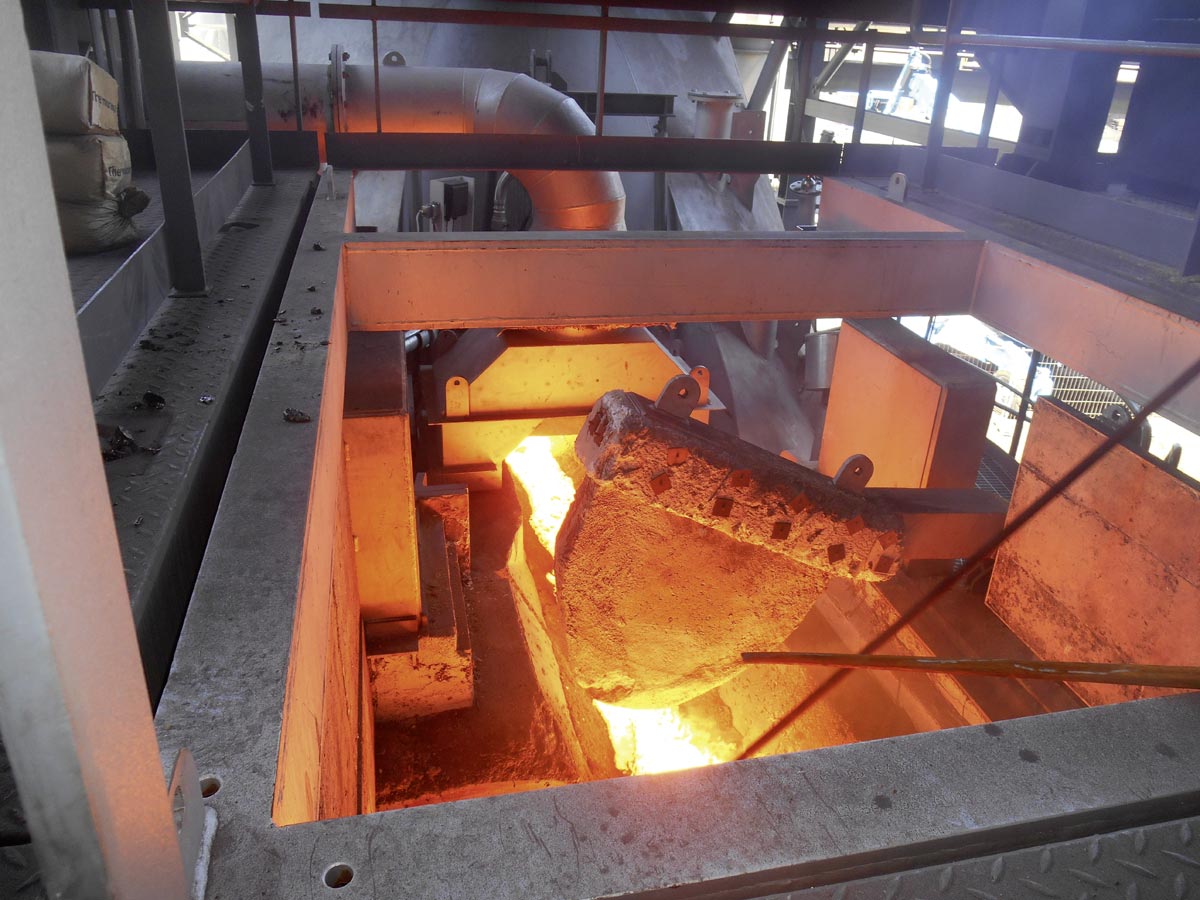Austrian industry is a significant and very productive economic factor, making a vital contribution to growth and securing jobs. In 2016 almost 415,000 people were employed in Austrian industry. The five sectors with the most employees are: machines, metal goods and foundries, electrical and electronic goods, chemicals, vehicles, and food and beverages.
The manufacturing sector consumes a great deal of energy. In 2014 end-use energy consumption in industry was 315.5 PJ (petajoules), i.e. 29.7 % of total energy consumption in Austria, which came to 1063.2 PJ.1 The most energy-intensive sectors of industry are iron and steelmaking, chemicals and petrochemicals, stone, earth and glass industry, and paper and printing industry. These four sectors account for nearly 60 % of the energy consumed in manufacturing.
Saving resources and costs
For many years Austrian firms have been developing new technologies and processes in collaboration with researchers, so as to make manufacturing more energy and resource-efficient. For instance, in Austrian steelmaking energy consumption has been reduced by 15 % and carbon-dioxide emissions reduced by 22 % since 2000.2 Between 2004 and 2015 trends in end-use energy consumption and emissions of greenhouse gases were successfully uncoupled from production: while production increased by 46 %, end-use energy consumption went up by 11 %.3
Making efficient use of energy in industrial production processes helps to cut costs and achieve competitive advantages. However, in many processes the potential for improving energy efficiency has been more or less exhausted today – in some cases we run up against thermodynamic limits. Further improvements are feasible only via novel technologies and new production processes.
In some sectors of industry Austrian firms have succeeded in taking the lead by developing pioneering approaches. Innovation is crucial to preserve industry‘s technological lead and keep it competitive. In this issue we present some seminal examples of innovative production processes that Austrian firms have developed and demonstrated in collaboration with research organizations and with the support of the Climate and Energy Fund and the Austrian Federal Ministry for Transport, Innovation and Technology (BMVIT).
1 Source: Studie Energiestatus 2016, BMWFW (in German)
2, 3 Source: IV, Österreichs Industrie für Energie und Klima der Zukunft, 2016 (in German)
European strategies
Industrial production plays a decisive part in implementing the EU‘s energy policy aims. The European Strategic Energy Technology Plan (SET-Plan) provides the framework for developing and implementing new technologies intended to make European
industry less energy-intensive, reduce carbon-dioxide emissions and improve competitiveness. In SET Plan Action 6 the current focus is on iron and steelmaking and on the chemical and pharmaceutical industry. The activities are aimed at making existing, but not yet competitive technologies more cost-effective, and at developing pioneering new approaches.
https://setis.ec.europa.eu/system/files/integrated_setplan/declaration_action6_ee_industry_0_0.pdf
International collaboration within the IEA
In the context of the International Energy Agency’s technology programme “Industrial Energy-related Technologies and Systems” Austrian researchers and firms are involved in global research collaboration on further developing pioneering energy technologies for industry. For instance, Annex 15, concerned with industrial excess heat recovery, is now in progress.
http://www.iea-industry.org/ongoing-annexes/annex-15.html
